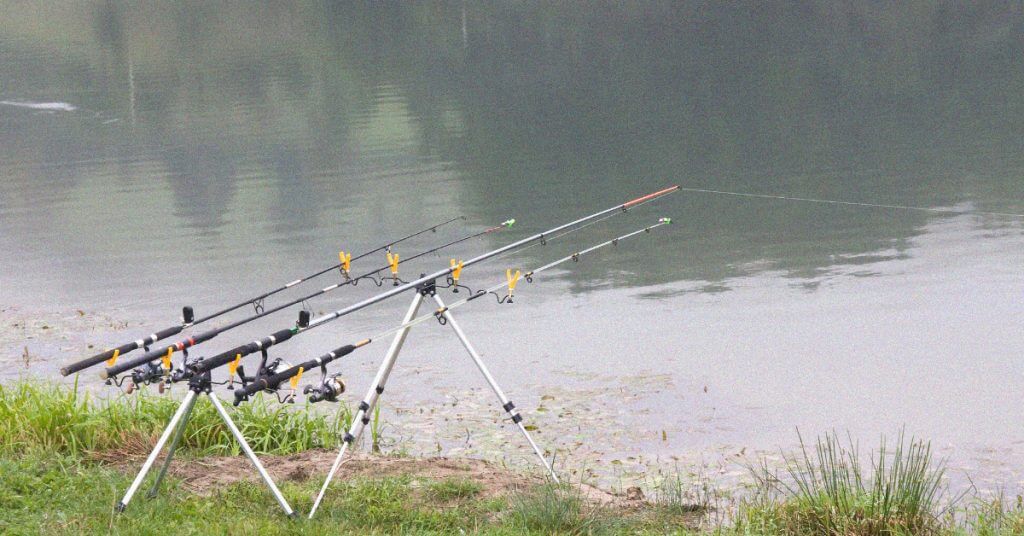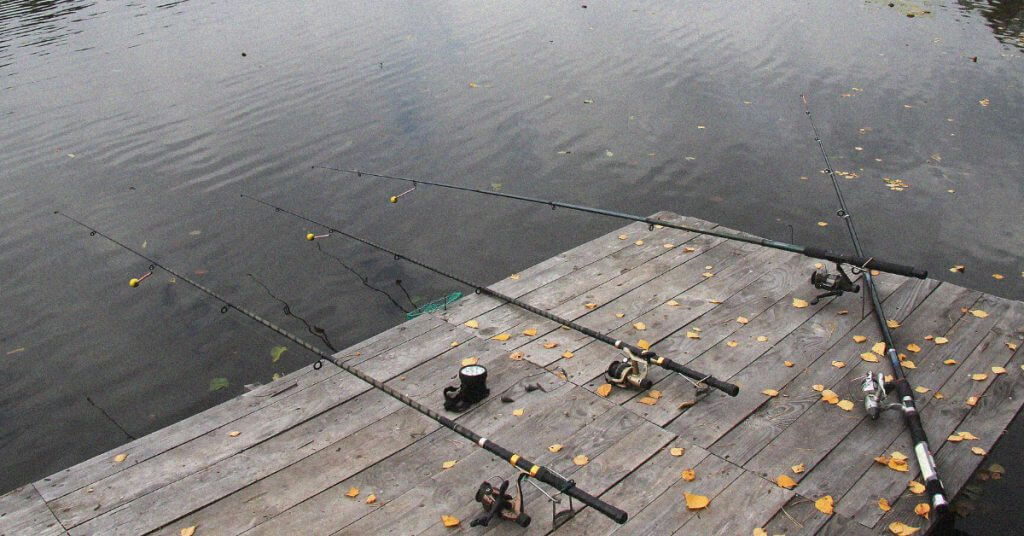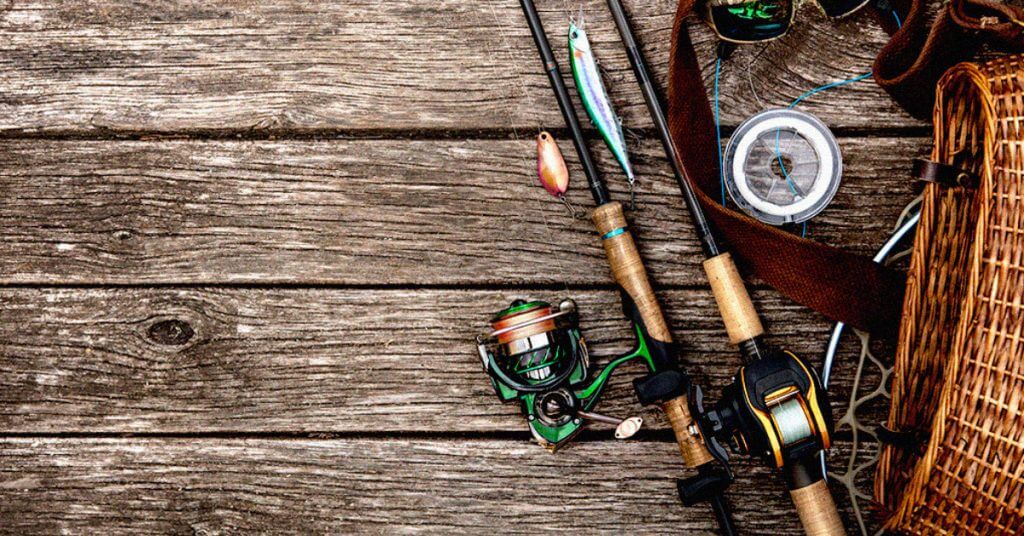Overwhelmed by the endless bass fishing rod options in the market? After testing various rods at a pond and interviewing 60+ bass anglers, I’ve narrowed down the only options you need to consider.
Last updated: December 18th, 2024
- Best Overall: St Croix Triumph Spinning Rod
- Best for the Money: UglyStik GX2 Spinning Rod
- Best Bass Casting Rod: Abu Garcia Vengeance
- Best All-Around: Falcon Lowrider Baitcasting Rod
- Best Combo: Pflueger President Spinning Reel and Rod
- Best Lightweight: St. Croix Premier Series
- Methodology
- Introduction To Bass Fishing Rods
- What Rods Do I Need for Bass Fishing?
- Why Is Action Important To Bass Fishing?
- What Size Fishing Rod Should I Use?
- Conclusion
Best Overall: St Croix Triumph Spinning Rod
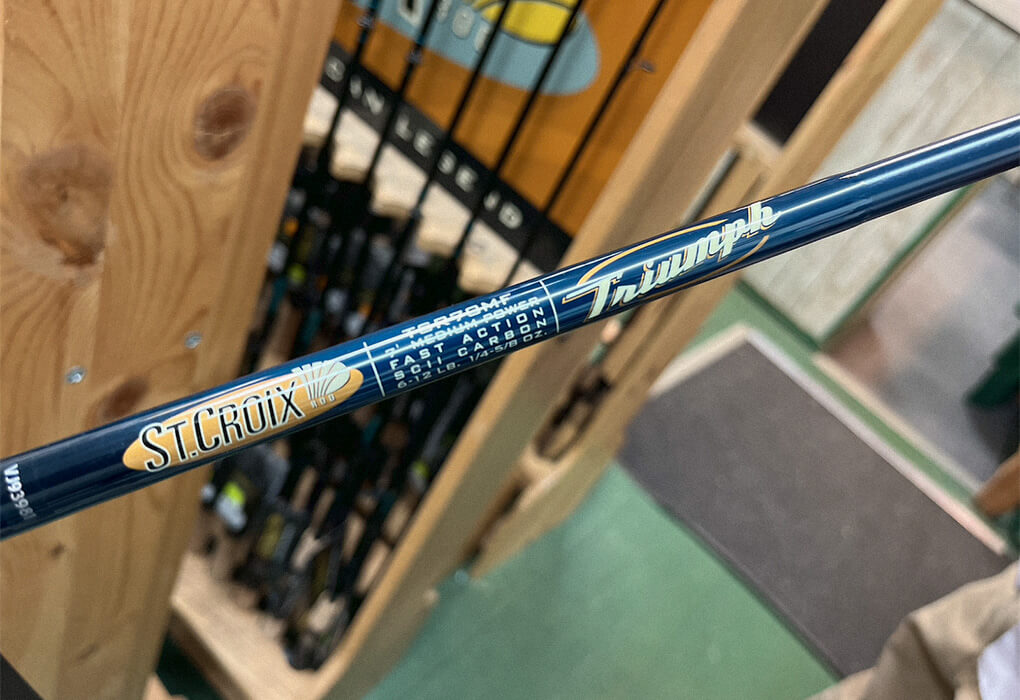
Specs
Pros
Cons
Why I Chose It
Here’s the #1 thing you should think about when it comes to buying a bass fishing rod – versatility.
In my experience fishing the waters of South Louisiana, I’ve learned that having a rod that can handle multiple species isn’t just convenient – it’s essential.
Let me tell you why the St. Croix Triumph Spinning Rod has earned its spot as my go-to choice.
Just last weekend, I was out on the water and caught bass, redfish, and trout all on the same trip. The St. Croix didn’t skip a beat switching between different lures and fish species.
That’s the kind of versatility you want when you’re investing in fishing gear.
Here’s what makes it special: it’s built with SCII Mid-modulus graphite. Now, I know that sounds like fancy marketing talk, but what it means is that this rod is tough as nails while still being sensitive enough to feel those light bites.
I’ve battled some monster redfish with this rod, times when I thought it would snap. But it held strong every time. That’s the SCII graphite doing its job.
During my testing at Old Egg Farm Lake, I threw everything at it:
- Spinnerbaits
- Crankbaits
- Weedless flukes
Each cast was accurate and long – perfect for reaching those prime fishing spots.
Now, I’ll be honest – it’s not perfect. The reel seat tends to loosen up after a few trips (nothing a quick twist won’t fix), and the cork grip gets a bit uncomfortable during all-day sessions. However, these are minor issues compared to what this rod offers.
Overall, this is the rod that hit on all cylinders – great feedback and it let the lure do exactly what it was meant to do.
Bottom line: If you’re looking for a rod that can handle bass fishing and potentially some saltwater action, the St. Croix Triumph is your best bet. Coming in under $120, it’s an investment that can give you incredible value, considering that it can eliminate the need for multiple specialty rods.
Best for the Money: UglyStik GX2 Spinning Rod
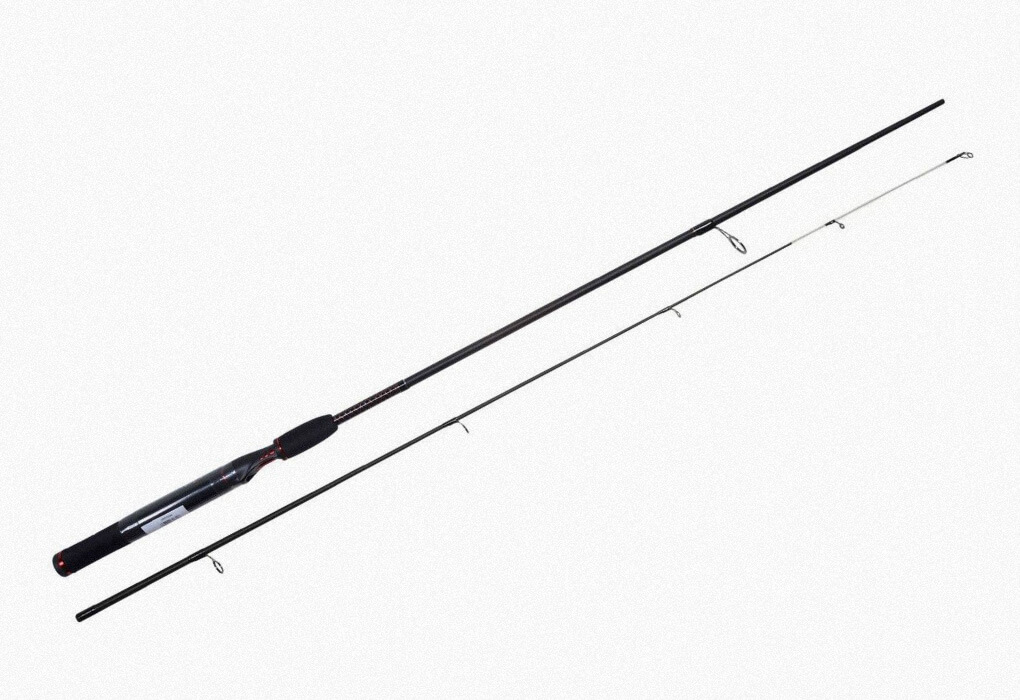
Specs
Pros
Cons
Why I Chose It
If you’ve been bass fishing since childhood, you know UglyStik. Here’s why the new GX2 Spinning Rod might surprise you.
Pure Fishing has done something interesting with their new GX2 design – they’ve added graphite to their classic fiberglass construction. They’re calling it “Ugly Tech” (yes, really), and while that might sound like an oxymoron, it actually describes their goal perfectly.
During my testing at the lake, I noticed two big improvements.
- The rod has a clean matte black finish instead of that glossy look from the older models.
- The graphite-glass combo makes the rod more sensitive to subtle bites while keeping UglyStik’s legendary toughness.
They’ve kept their signature clear tip, which helps even more with sensitivity, and I particularly appreciate the one-piece guides – they’re much more durable than the threaded ones you’ll find on other rods.
At under $50, you’re paying about a third of the price for higher-end rods. While the GX2 didn’t quite match my top pick – the St. Croix Triumph which had better sensitivity and surprisingly even more backbone – it came remarkably close considering the price difference.
If you’re looking for a reliable bass rod that won’t break the bank (or break at all, for that matter), the UglyStik GX2 is hard to beat. It’s perfect for those who want to get out on the water without spending too much.
It’s not the most sensitive rod out there, but it’s tough as nails and gets the job done day after day.
Best Bass Casting Rod: Abu Garcia Vengeance
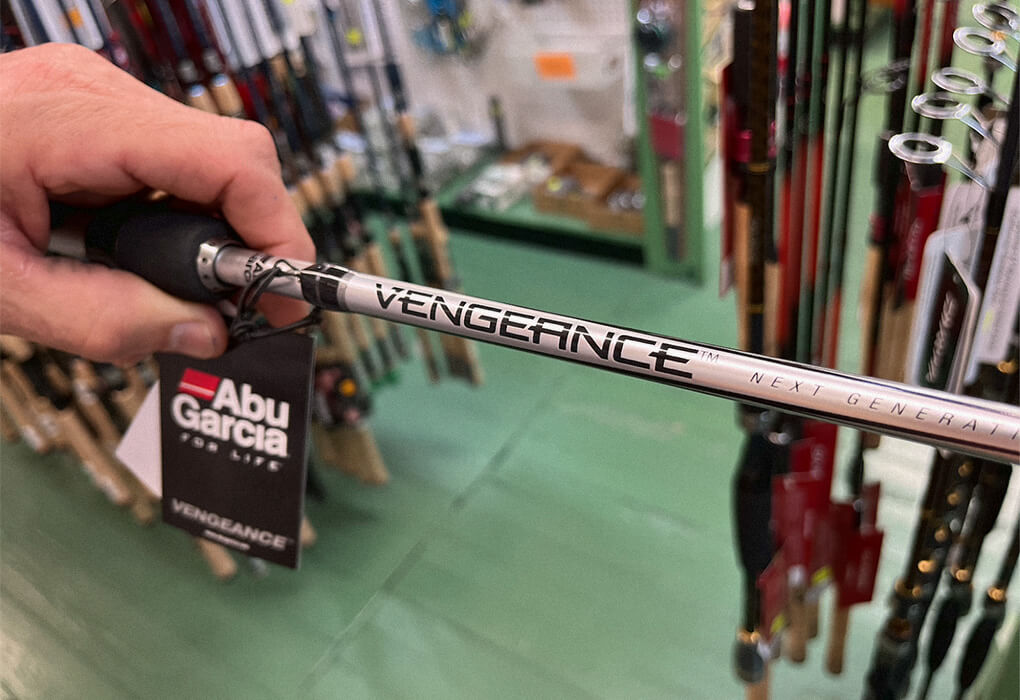
Specs
Pros
Cons
Why I Chose It
I’ll admit – I borrowed the Abu Garcia Vengeance from a tournament angler friend. Now I understand why pros keep choosing it for spinnerbaits.
During my time with the 6’9″ model, this rod showed its true colors with spinnerbaits and crankbaits.
The 24-ton graphite blank (higher tonnage means stiffer graphite) delivers incredible sensitivity – I could actually feel the spinnerbait’s blade turning during retrieval. For bass anglers, that’s huge – when a fish inhales your bait and stops that blade, you’ve got an extra split second to set the hook before they spit it.
The split grip handle deserves special mention. Made from high-quality foam, it feels natural and really shines during long casts.
The trigger sits perfectly between your fingers – any tournament angler will tell you that kind of comfort matters when you’re casting all day.
The catch: While the rod is remarkably light overall, it runs slightly tip-heavy, especially with heavier lures like crankbaits.
A word of caution from my tournament friend – this rod trades some durability for its exceptional sensitivity. You’ll want to handle it carefully and avoid any impacts.
All in all, at under $60, the Abu Garcia Vengeance excels as a specialized spinnerbait rod. After landing five bass in about an hour of my session, I can see why tournament anglers trust it – assuming you can treat it with the care it demands.
Best All-Around: Falcon Lowrider Baitcasting Rod
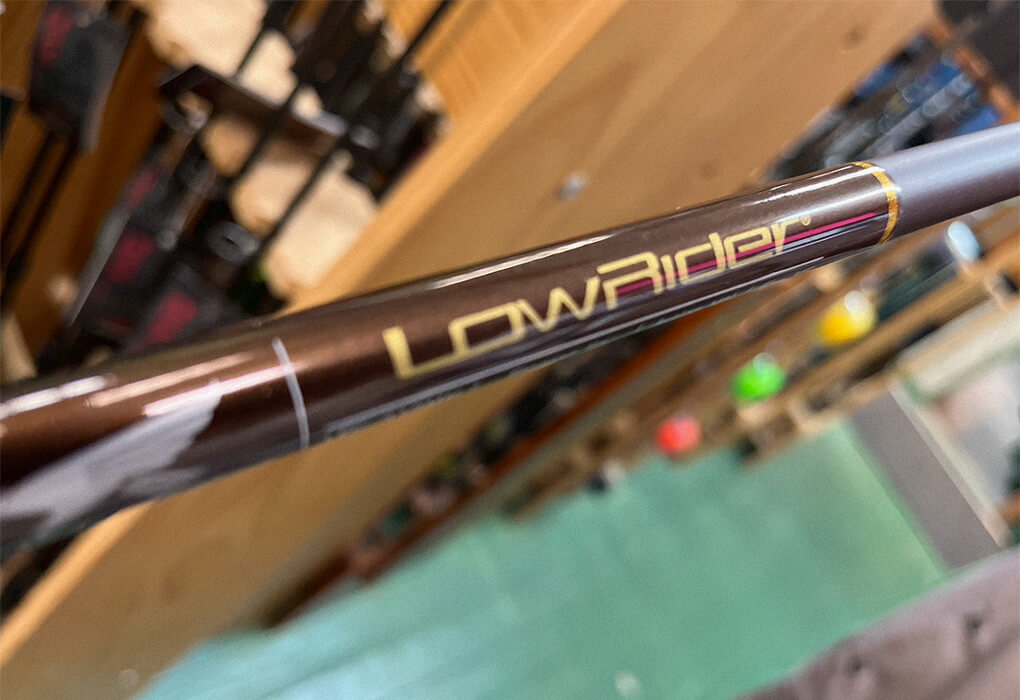
Specs
Pros
Cons
Why I Chose It
This was honestly a toss-up with the Abu Garcia Vengeance, but I found that the Falcon LowRider‘s overall performance at Old Egg Farm Lake gave it the edge.
While this rod was originally designed for weightless worms, it’s the soft tip that really changed my game.
Here’s what I mean: I used to set the hook instantly when I’d see a bass strike, especially with topwater baits. The problem? The lure would often come out before the fish could fully inhale it.
The Lowrider’s soft tip naturally slows down that hookset, giving you that crucial extra half-second for a solid connection.
During my testing, this rod proved its versatility beyond just worm fishing. I landed an early morning largemouth using a hollow-bodied frog, and then my biggest bass of the day – a 4.3-pounder – while flipping near a submerged tree.
Even more impressive? I managed that big one on 10-pound mono instead of my usual braided line.
The rod’s backbone is substantial, but it’s that soft tip that makes all the difference. I even found success with jerkbaits, which typically give me trouble with other rods.
Coming in around $130, the Falcon Lowrider isn’t cheap. But if you’re serious about improving your bottom fishing with plastic worms or jigs – and want a rod that can handle everything from frogs to flipping – it’s worth the investment.
Best Combo: Pflueger President Spinning Reel and Rod
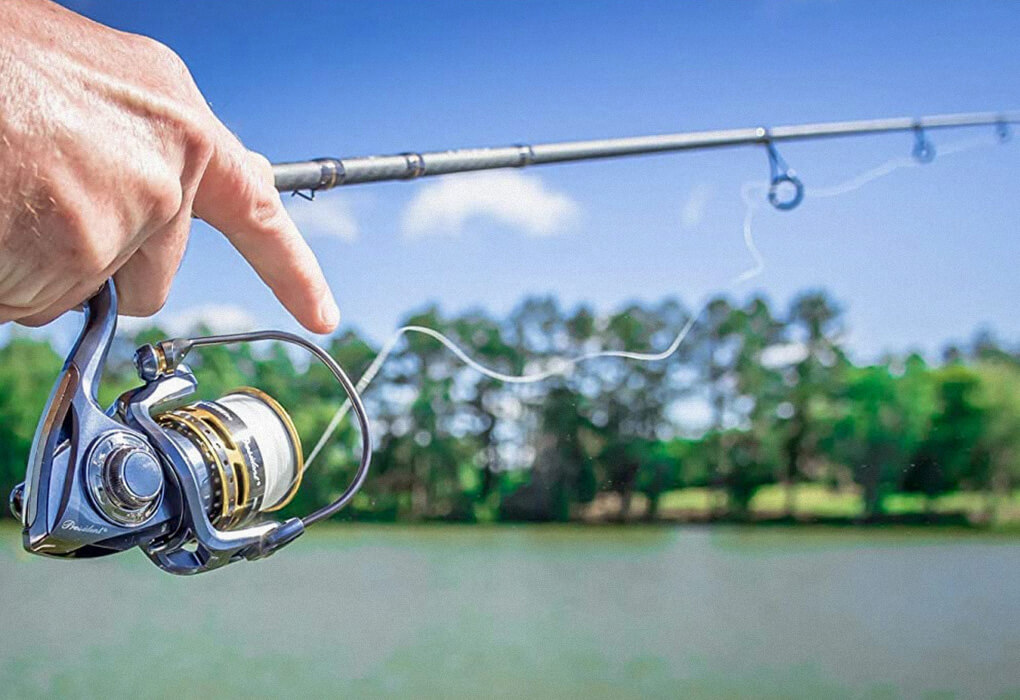
Specs
Pros
Cons
Why I Chose It
I’ve used Pflueger since I was a kid, and I can say that this President Spinning Reel and Rod Combo solves one of the most common headaches in bass fishing – matching the right rod with the right reel.
The reel is really where this combo shines. With its graphite body and rotor plus 10 corrosion-resistant bearings, you get butter-smooth casting and retrieval.
During testing at the lake, I managed to land a solid 3-pounder using a deep-diving crankbait in 25 feet of water, which really put the combo’s strength to the test.
Now, let’s be honest – the rod isn’t going to win any awards for comfort. The grip could definitely use some improvement.
But what matters is that there’s no creaking from the rod seat, and the rod and reel work together like they were made for each other (because they were).
Overall, at under $100 for the combo, the Pflueger President gives you a perfectly matched rod and reel setup without the hassle of piecing it together yourself.
While it might not be the most comfortable, the rod delivers reliable performance that’s hard to beat at this price point.
Best Lightweight: St. Croix Premier Series
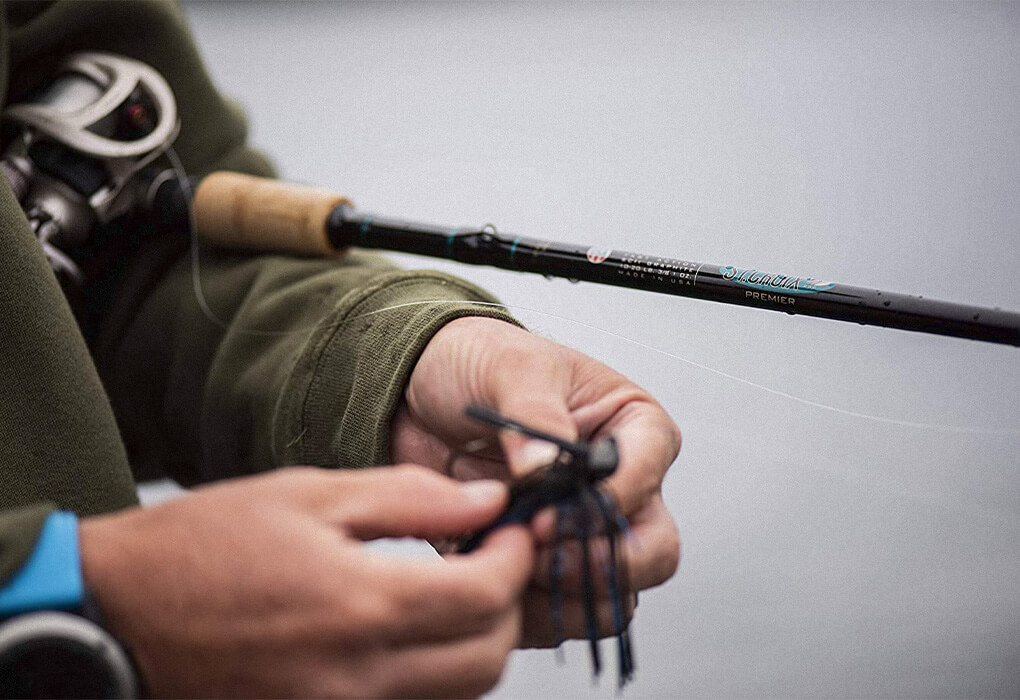
Specs
Pros
Cons
Why I Chose It
Most bass anglers ignore ultralight rods – until they try the St. Croix Premier Series Spinning Rod.
I get it – I was skeptical too. Growing up, these were my go-to rods for bluegill and panfish, but bass? That seemed like a stretch.
Let me tell you what changed my mind during testing at my local lake.
I rigged up an 8-pound mono line (the lighter line really makes a difference in clear water) with a finesse worm on a Texas rig. Within an hour, I’d landed 5 bass, including a 1.5-pounder that put up quite a fight.
What really impressed me was the versatility. I even managed to land a nice largemouth using a small weightless swimbait on the surface.
The key is being patient – yes, you’ll spend more time fighting the fish, but that’s actually perfect if you’re teaching kids to fish.
I spoke with several tournament anglers about this rod, and they pointed out some concerns about tip breakage. While I haven’t experienced this myself, it’s something to consider if you’re rough with your equipment.
The good news? It comes with a five-year warranty.
Starting at $140, the St. Croix Premier Series is definitely an investment. But after my testing, I can tell you it’s worth considering if you want a rod that can pull double duty for both panfish and bass.
Just remember to keep your backup rod handy for those days when you’re targeting bigger fish.
Methodology
I tested all of the above bass fishing rods from spinning to baitcasting at a private lake owned by a close friend.
The lake was located in Mississippi and is referred to as “Old Egg Farm Lake” by the locals.
This lake was perfect for my testing as it was stocked and always produced fish.
I started early in the morning on a day that would be considered as post-spawn.
I don’t like fishing post-spawn because it seems the bass are coming off the spawn and really haven’t developed a dependable pattern.
During my test, I was able to catch over 30 bass with numerous rods.
Here are the parameters that I looked for while testing each rod:
- Action: Confidence is a huge factor in bass fishing. The wrong rod can affect lure performance. I tested all the rods with different lures to see how the lures handled when ripped through structure, tightlined, and their ability to keep the fish on the hook.
- Handle Comfort: How does the rod grip feel? Comfort makes a difference. Sometimes I fish with the same rod all day. It’s important for the grip to feel comfortable even after hours of fishing.
- Hookup Percentage: They say “hook sets are free” and having the first one connect and deliver a bass is priceless! I tested these rods to see which ones delivered from hook set to the boat.
- Casting Accuracy and Distance: I tested all my rods with a combination of lures and rated them each on how accurate they were and how far I was able to cast each lure.
- Action Feedback: Like most anglers, I like to feel my bait underwater. It helps me understand what is going on beneath the surface. How sensitive is each rod? Was I able to feel the bass hit mid-retrieve, and was I able to feel the lure go through different types of structure.
- Professional Opinions: In addition to my test I contacted other bass fishermen to get their thoughts on what their favorite rods were. I was careful to make sure these anglers were not sponsored to avoid brand bias.
Introduction To Bass Fishing Rods
Anglers.com writer Wes Littlefield gives us his take on the best bass fishing rods in the YouTube video above!
Fishing rods used for bass fishing are much like fishing rods that are used for catching other species other fish. Let’s take a look at the components of a bass fishing rod.
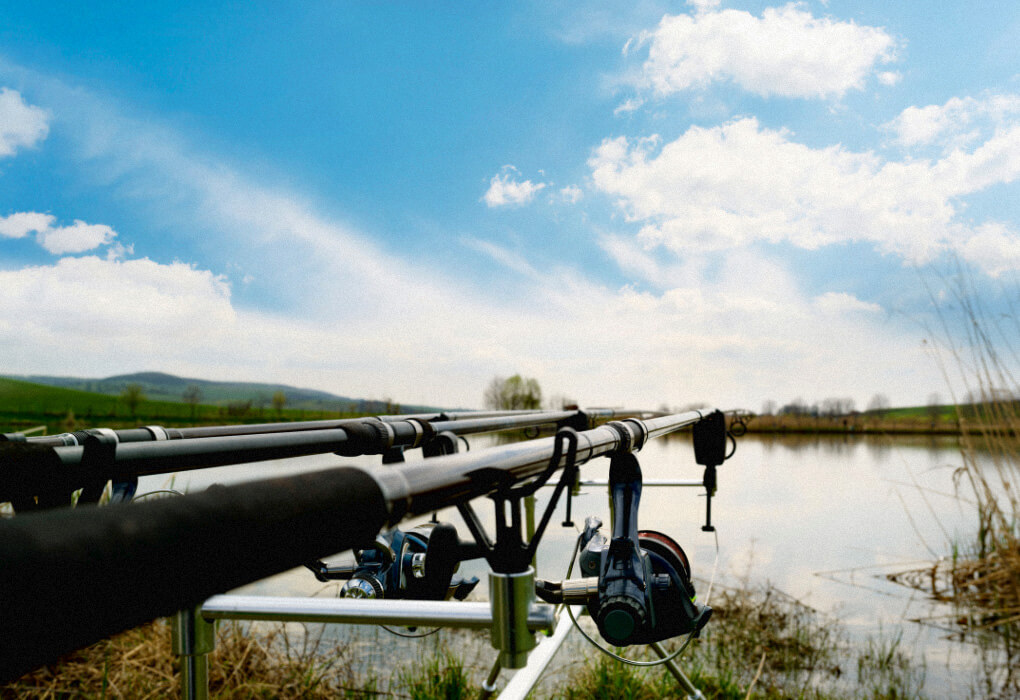
Parts of a Fishing Rod
Butt
The butt of the rod is on the bottom and this will supply you with the necessary leverage needed to handle a big fish.
The butt of the rid is the part that you grip and it is also the part where the rod connects to.
Real Seat
The seat is usually two corkscrew-like sections that you can crank back and forth to secure the reel in place.
The tongues of the reel fit into the reel seat and are secured to the pole using the real seat.
It’s important to understand that all reel seats for bass fishing rods are made to fit with all bass fishing reels which makes all rods compatible with all bass fishing reels.
Blank
The blank is the majority of the rod and it’s everything from the reel seat to the tip. Blanks are made up of different types of material that make them strong or make them sensitive.
Fiberglass and graphite make up the majority of bass fishing rods.
The blank is also where you’ll find the guides or eyes. These are the round loops that your line will run through when you cast and retrieve.
The heavier the fish, the heavier the line you need.
Tip
The tip is another guide that is usually molded to the blank or welded in place. Many rods have removable tips so they can break and be easily replaced.
Some bass anglers refer to the tip of their pole as soft or hard.
When you hear this, it’s not necessarily the tip they are talking about, but the upper 4 or 5 inches of the rod.
How to Choose the Best Bass Fishing Rod
Now that you understand the components of a bass fishing rod, let’s talk about some of the “bells and whistles” or unique specs you should look for before committing to one.
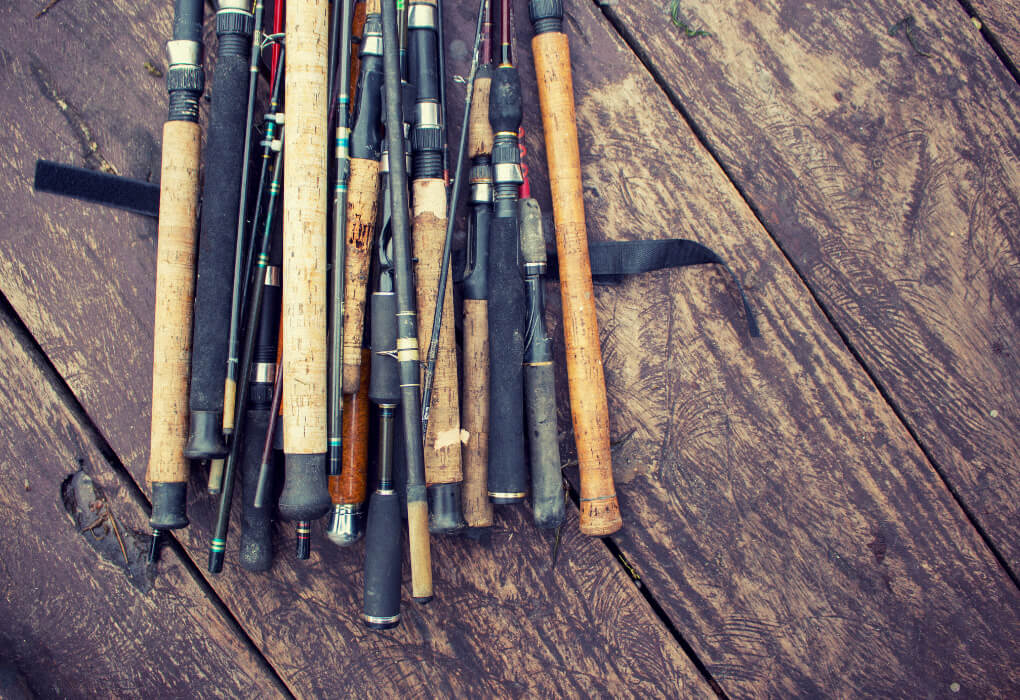
Durable Construction
Let’s start with two primary rod blank materials. Those would be graphite and fiberglass. Fiberglass is incredibly flexible and it’s heavier than graphite but it has its advantages and disadvantages.
Here are a few differences between fiberglass rods and graphite rods.
Fiberglass
Fiberglass is a cheaper material and is often seen in more affordable rods. Fiberglass is more durable than graphite.
If you are a beginner in the bass fishing world I highly recommend buying a fiberglass rod because of its strength and durability.
My first rod was fiberglass and can vouch for their durability.
There were many times that I ran through the woods and down to the river to go bass fishing. My fiberglass rod came in contact with hundreds of branches and didn’t snap.
Graphite
Graphite rods are less durable than fiberglass rods but they are super sensitive and help put more fish in the boat in the long run.
Graphite also comes with something called a “modulus rating” which refers to how stiff the rod is based on what strain of graphite it is.
Rod Action vs. Power
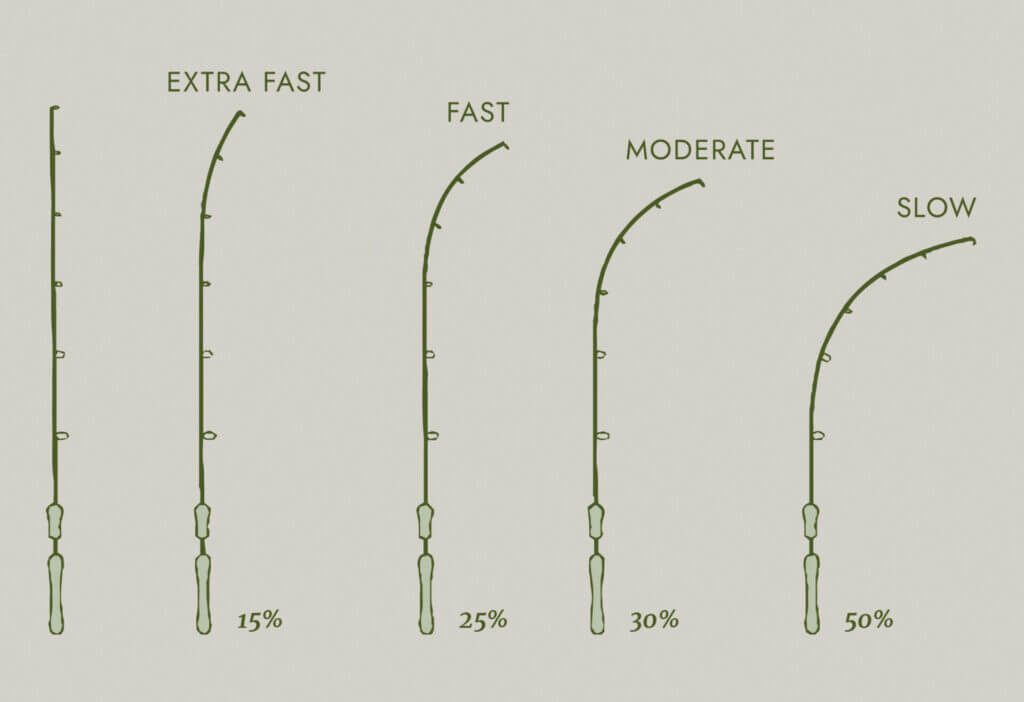
It took me years to understand what rod action and power rating meant.
Of course, I’m someone who hates math so much that I cringe every time I’m forced to look at anything that looks like an algebra formula.
Some anglers who have been fishing for years still don’t understand what it means. It’s not the easiest thing to understand.
Action on a spinning rod refers to the location on the blank at which the rod bends. For example, a fast-action rod will bend about 15% down the blank from the tip.
This makes the rod more sensitive for smaller fish but more liable to break for larger fish.
Power refers to the amount of pressure you need to apply to make the rod bend. So, for example, a heavy power rod will require a lot of pressure from a heavy fish to bend the rod.
With that knowledge in mind. Fast action, medium power rods are ideal for bass in my opinion.
You don’t need to get too carried away with the power of your rod but fast action is always a good way to go.
Brand Reputation
I’m a big believer in saving a buck and going with generic products in my life.
But as I grow older I have learned that it’s probably better to spend a little extra, especially for a rod that I intend on laying me numerous years.
You need to stick to brands you can trust. I recognize names like St. Croix, Ugly Stik, Falcon, and Abu Garcia because they have a reputation for building quality fishing products.
As a result, I continue to do business with them. I would pair reviews that you read with brand reputation and use that to guide your decision.
What Rods Do I Need for Bass Fishing?
When it comes to the types of rods that you need, there are three types that you will want to consider: a baitcasting, a spinning, and a combination rod.
However, it is important to mention at this time, that for the greatest level of success, experienced anglers will recommend that you have at least one of each.
Combination Rod
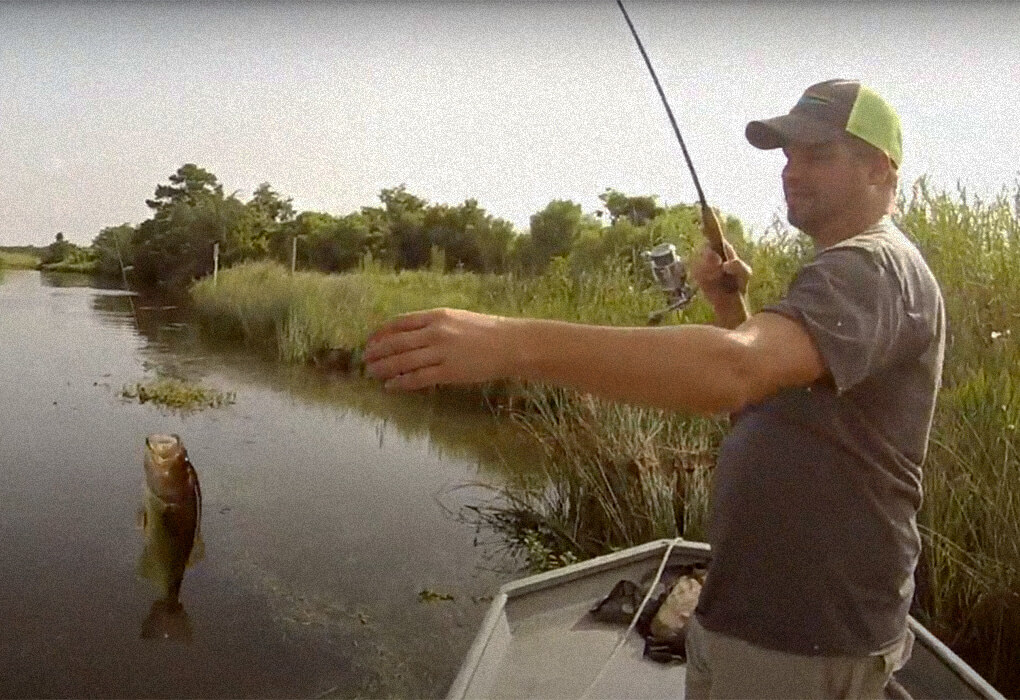
Combination rods are a good option for new anglers and those who don’t want to mess with switching reels between rods.
Combination rods come complete with a matching reel that allows you to adequately fish for bass without the questions about which rod and which reel go together.
Combination rods are also a good option if you don’t want to make a big investment in a rod and reel until you are certain that this is a sport or hobby that you are going to enjoy.
Combination rods get a bad rap in my opinion because they are looked upon as beginners, however, I like them because I believe the manufacturer of the rod and reel knows a little more about the product than I do and can pair a rod to a reel using that knowledge.
Some of my best fishing rods came as a combo.
Spinning Rod
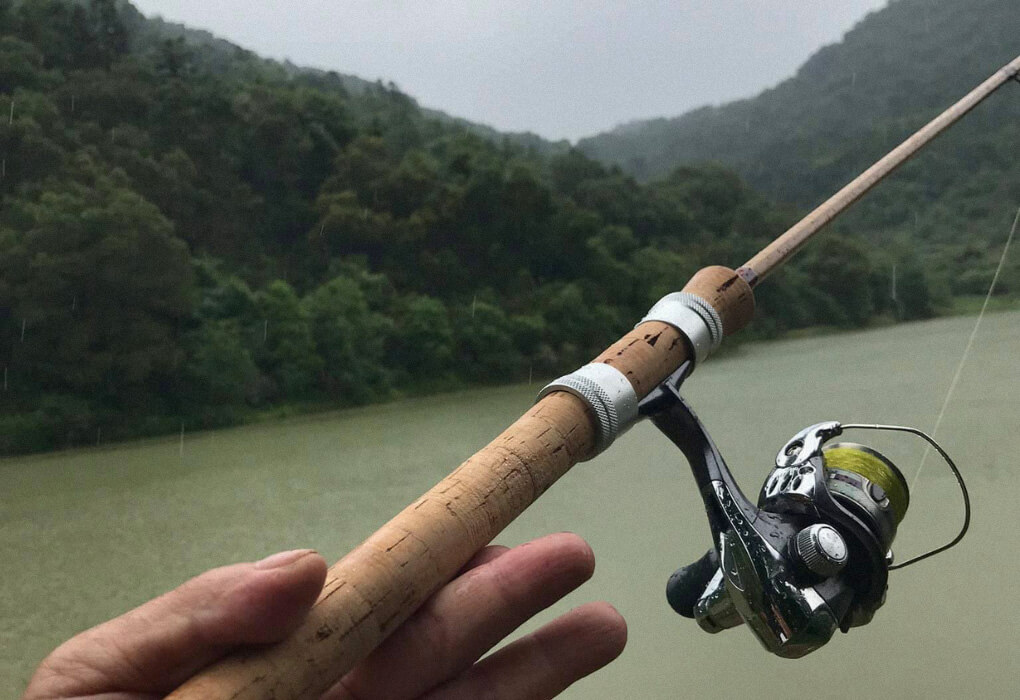
The main difference between a combination rod and a spinning rod is the fact that you can only use a spinning rod with a spinning reel.
With spinning rods, the reel seat is on the bottom and the eyelets are on the bottom as well. This ensures that the line flows smoothly off the reel through the eyes so you can get a fluent cast.
For most anglers, a spinning rod is deemed as a lightweight rod best used for bass fishing, trout, panfish, walleye, and other fish you’d find in lakes or inshore fishing.
They are used in offshore saltwater fishing like the Penn Battalion, but it’s less common.
I always recommend medium spinning rod and reel setups for anyone who is learning how to catch bass because they are versatile and can be used with virtually all bass fishing lures.
When you’re fishing with a baitcasting setup, nesting becomes a real problem, and spinning rigs make that much easier to manage.
Casting Rod
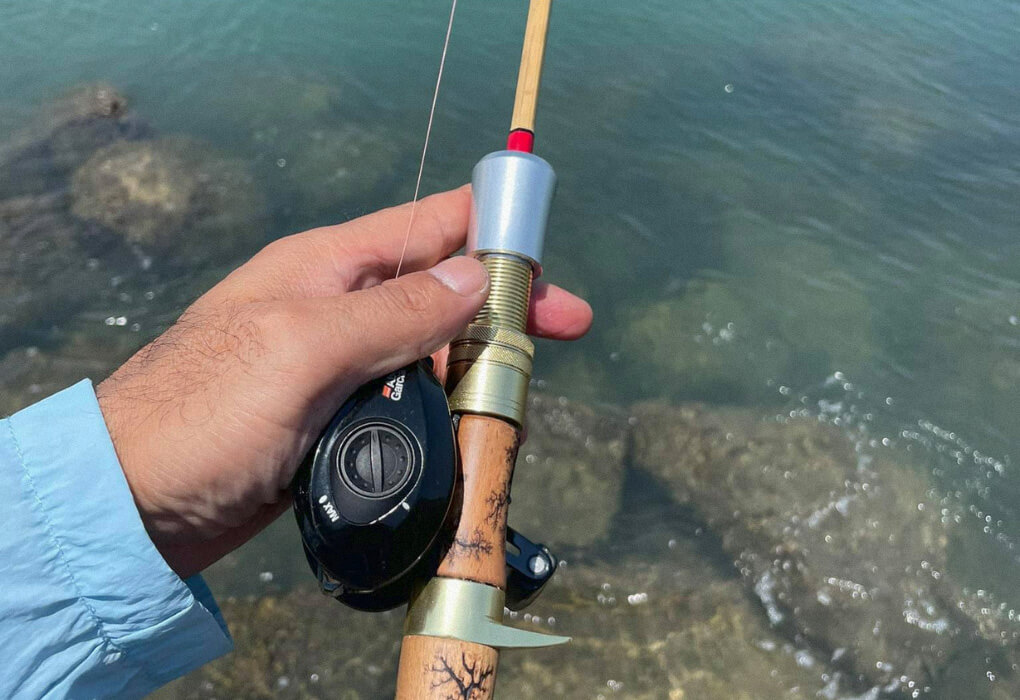
The final thing that I want to look at is the casting rod.
You’ll find a few of these recommended above and they’re a great choice because they often provide a bit more durability than their spinning counterparts but what you gain in strength you often sacrifice in weight as well.
The main difference between a spinning rod and a casting rod is the location of your reel. A casting rod will have the reel on top of the rod with the line guides on top.
That’s because the line flows from the reel, through the guides, and off of the rod on the top portion of the rod rather than the bottom.
I find that casting rods are more commonly used in bass fishing tournaments and they’re recommended by pro anglers because of their added sensitivity and mainly because of the reels they’re able to work with.
Professionals feel that baitcasting reels provide more sensitivity which allows them to work the lures better and create the ultimate presentation.
For a beginner, it’s difficult to use these reels and that’s why I recommend spinning gear when you’re starting out.
Why Is Action Important To Bass Fishing?
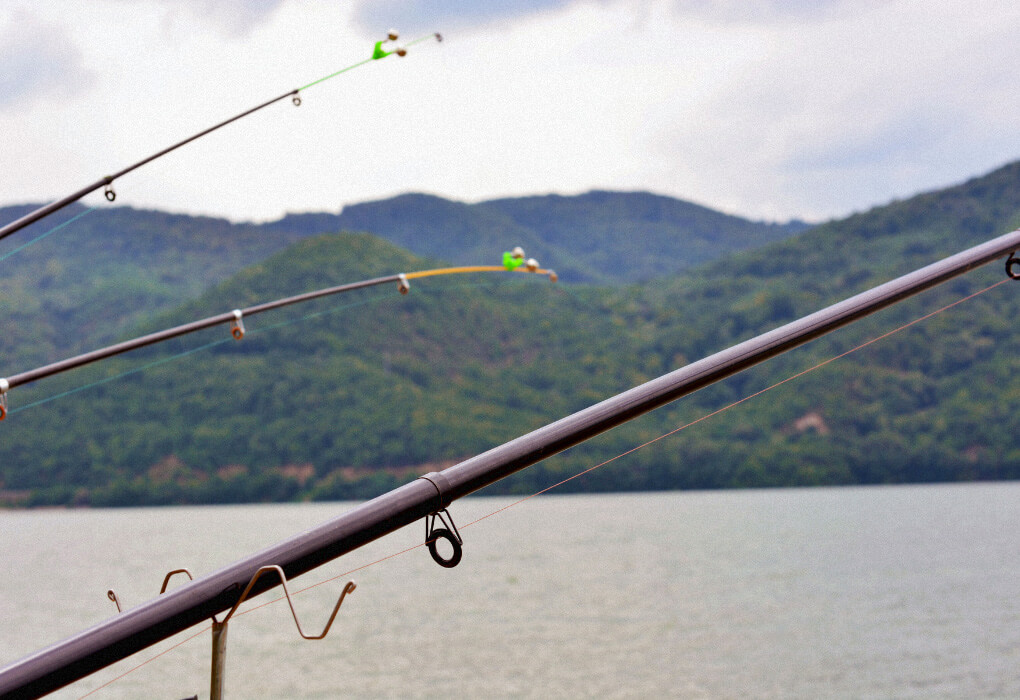
Rod Speed
The stiffness of a rod can be determined by something called speed.
So let’s take the stiffest rod available.
That rod would be classified as a “fast action rod” because, on a hook set, the line reacts fast. The slower you get, the more flexible the rod gets.
So the most flexible rod would be called a “slow” rod because the line reacts slower when the hook is set.
There are two speeds in between fast and slow. Those are: medium-fast action and medium.
These speeds describe the degrees of stiffness in between a fast action rod and a slow action rod.
However, in most cases, the best bass rod action is fast to very fast. Rods with this level of action will only bend near the tip of the rod.
This will allow you to set a hook easier without having to do a lot of work.
Fast baitcasting rods are good for fishing locations where your casting distance is shorter. Also, if you are using a single hook lure such as a live bait lure or bait jigs.
What Size Fishing Rod Should I Use?
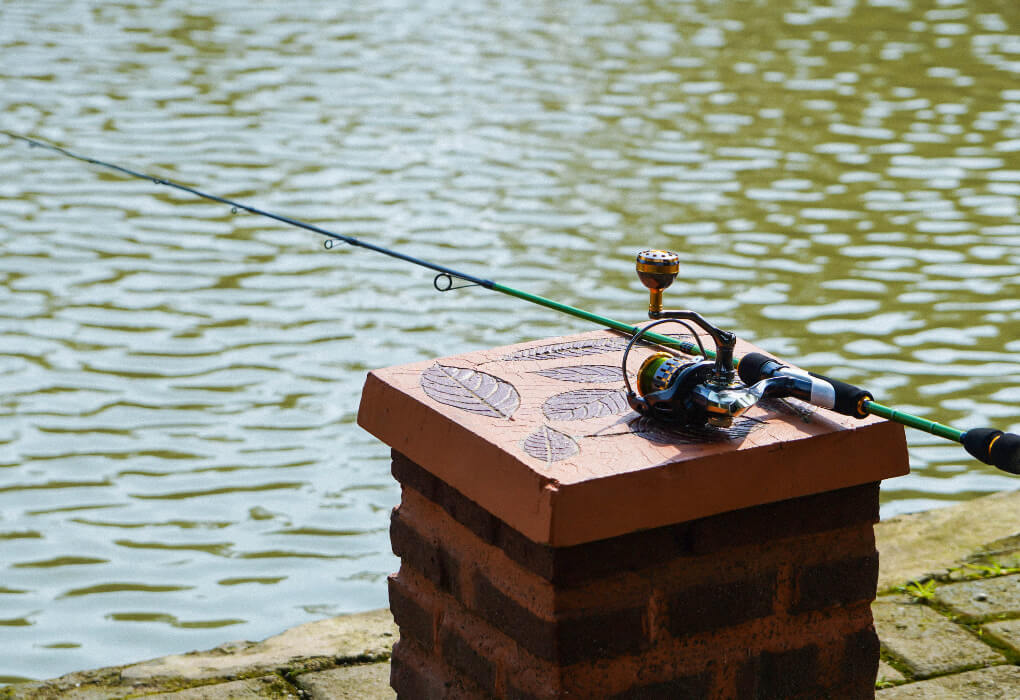
Fishing rods come in a range of lengths, and in general, the length that you choose depends on the type of fishing that you will be doing.
A good rule of thumb to remember is that shorter rods are good for short casting distances while long rods have a greater casting distance.
On the small end, a tiny 4-foot rod can serve you well for close-in fishing.
Short rods also have a lot less bend, so if you are fishing for big, trophy-size fish, you may want to think about using a shorter rod.
Your on-lake transportation also plays a part in length selection. While you can be comfortable using a longer rod from a power boat, if you are fishing from a kayak or canoe a shorter rod will be easier to transport.
Long rods are great for open-water fishing to cover a lot of water quickly. Longer rods are also great for fishing in deeper water.
Just keep in mind when you are selecting a longer rod to consider the action of the rod. Select a faster action for longer rods to protect your catch and to have the greatest level of control.
For bass fishing, personally, I like a 7-foot, medium-heavy rod. I pick it because I like versatility. I want my rod to be able to be used across the board from crankbaits to worm fishing.
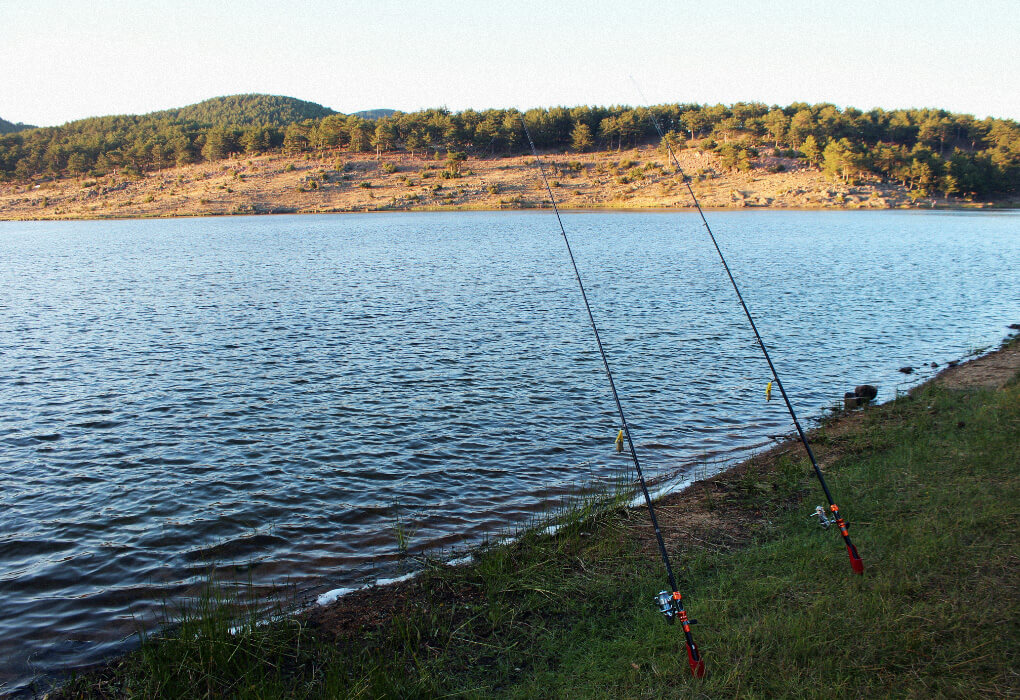
Conclusion
The best bass angler always knows how to choose the right rod for the job!
Bass fishing is such a diverse sport that most anglers will benefit from a couple of different rod options.
Doing your research before you shop will ensure that you select the best rod for the conditions that you are most likely to encounter.
My goal with this buying guide was to help make this research easier and shopping for bass fishing rods more enjoyable.
I understand that choosing a fishing rod is subjective and I encourage your feedback below!

